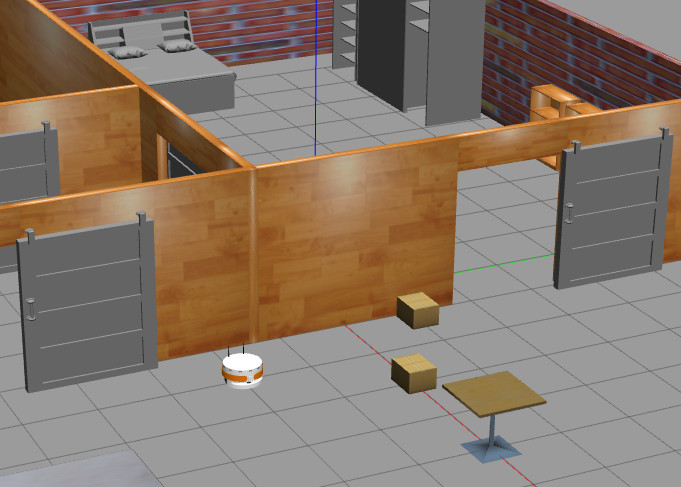TDDD48 Automated Planning
Teaching Machines to Think
Welcome to the course website!
Automated planning is a central topic in AI that deals with intelligent sequential decision making. It is the task of automatically deciding which sequence of actions needs to be applied to reach a given set of goals. Planning technology is currently used with great success in applications ranging from production lines and elevators to unmanned aerial vehicles (UAVs) and space applications such as the Hubble Space Telescope and the Mars rovers. The aim of this course is to provide a comprehensive view of state-of-the-art planning techniques, as well as hands-on experience in constructing and modeling planning domains to solve specific planning problems.
Update 2025-03-28
The slides are continuously updated for the 2025 iteration. Sessions that have a date in front of them have updated slides already.
Lectures
Labs
Labs with a due date are finalized for the 2025 iteration.
| Due Date | Material |
|---|---|
| 2025-04-14 8:00 a.m. | Lab 1, Vagrantfile |
| 2025-04-21 8:00 a.m. | Lab 2 |
| 2025-04-28 8:00 a.m. | Lab 3 |
| 2025-05-05 8:00 a.m. | Lab 4 |
| 2025-05-12 8:00 a.m. | Lab 5 |
| 2025-05-19 8:00 a.m. | Exercises 5.4 and 5.5 from Lab 5 |
| 2025-05-26 8:00 a.m. | Lab 6 |
| 2025-06-02 8:00 a.m. | Lab 7 |
Exam
You may prepare and use one sheet of A4 paper with notes, filled manually or by printing, and using one or both sides. Other aids such as lecture slides, books, or calculators are not allowed. All electronic devices must be turned off during the exam.
Here is an demo exam, whose solution we will discuss shortly before the exam.
Example planning task

Opportunities in the Machine Reasoning Lab
MSc and PhD projects: https://mrlab.ai/positions/